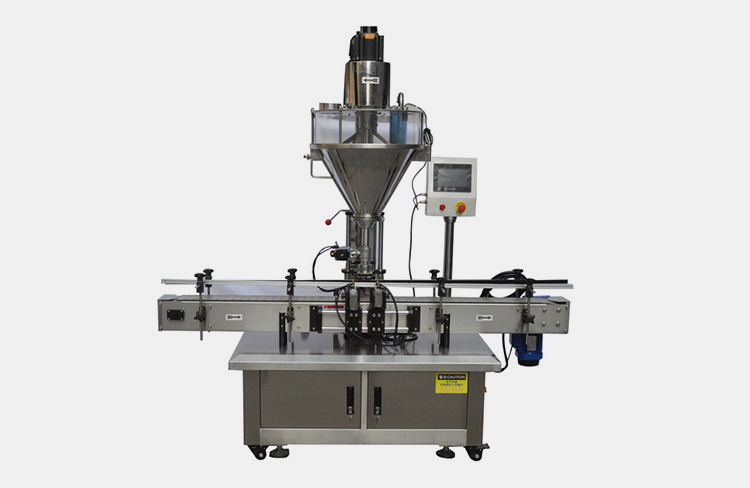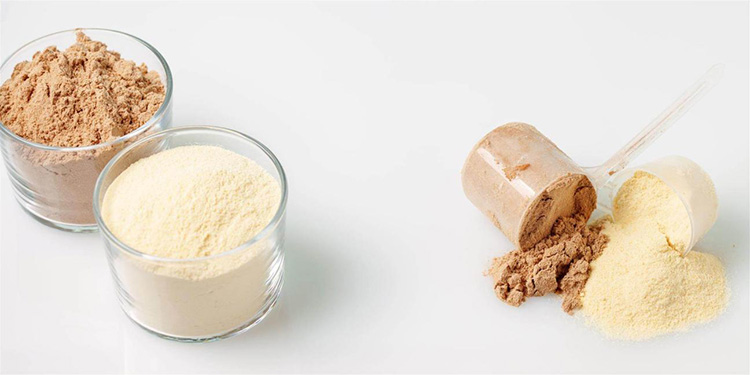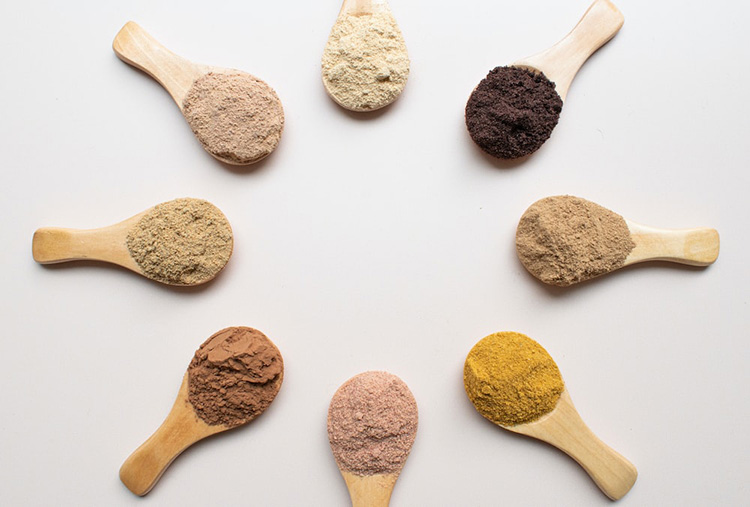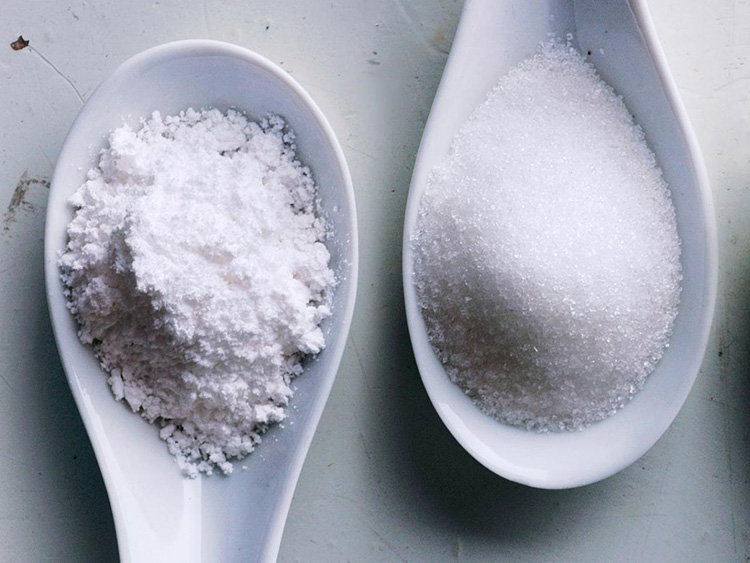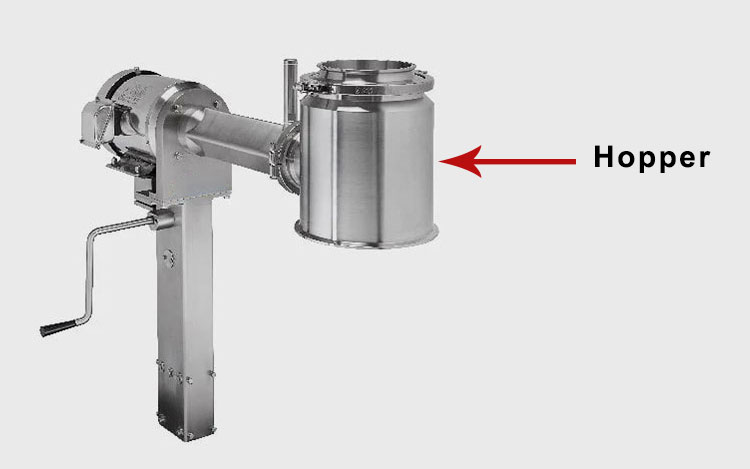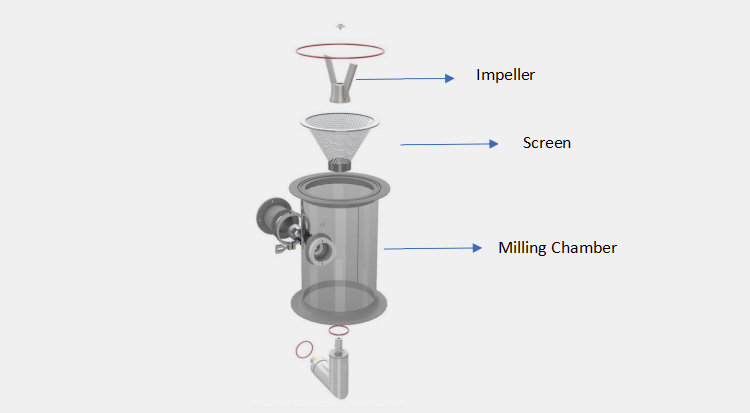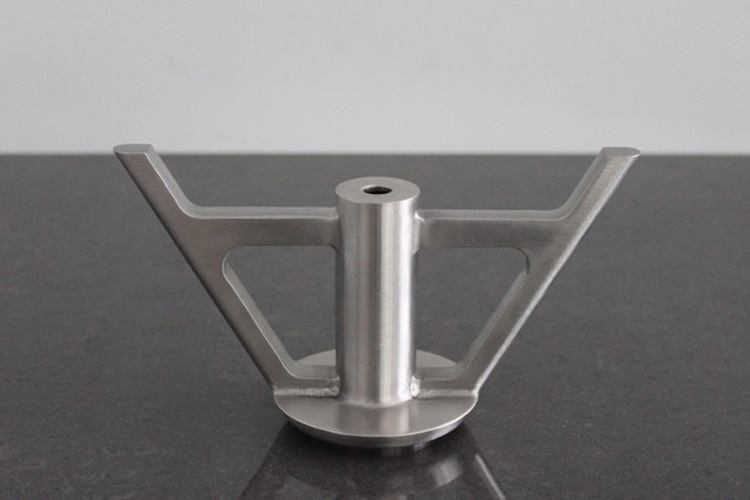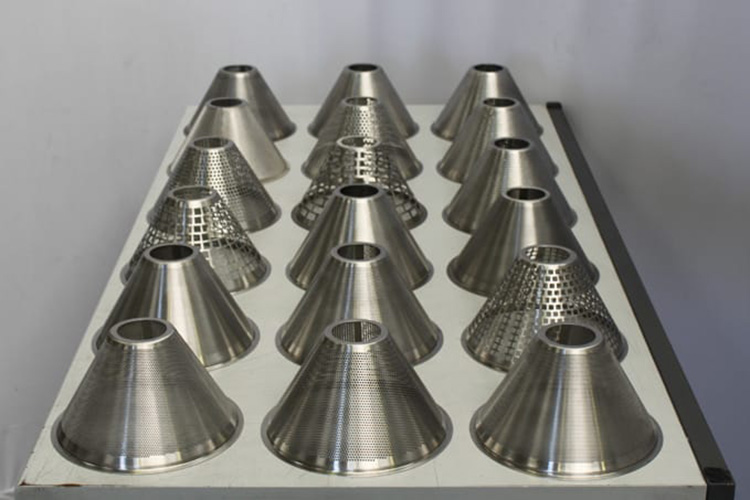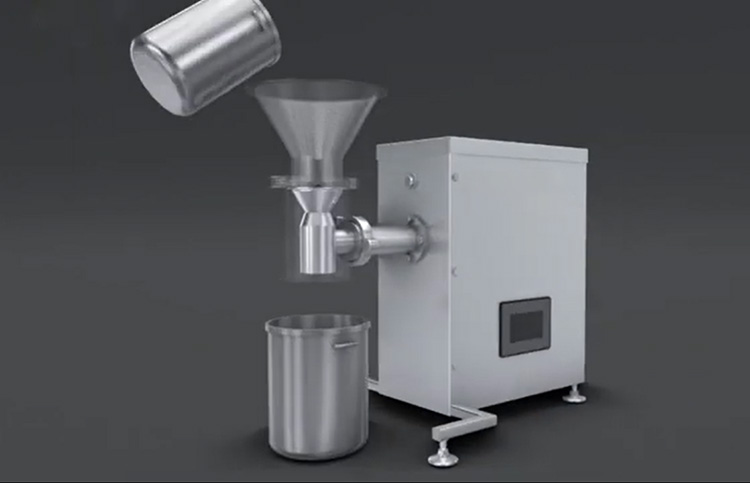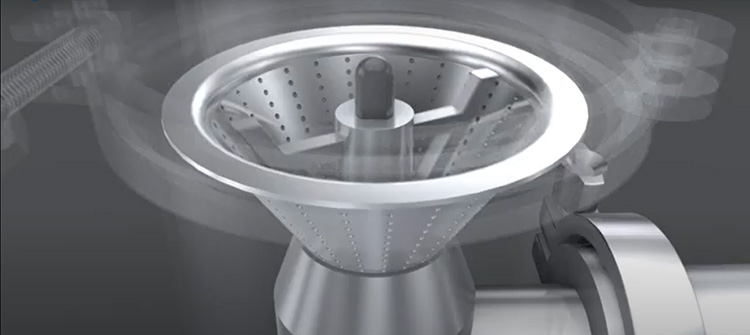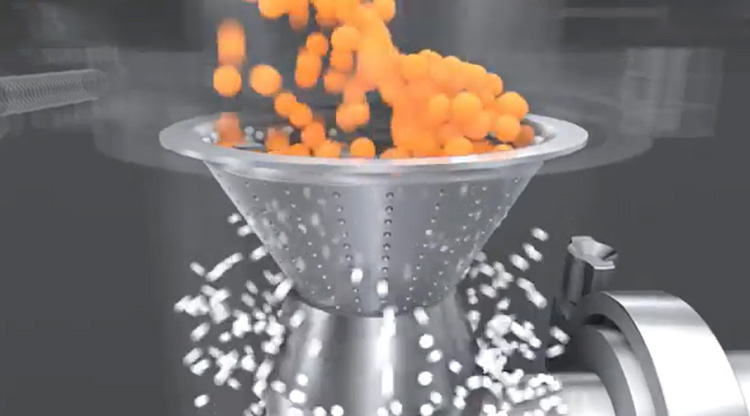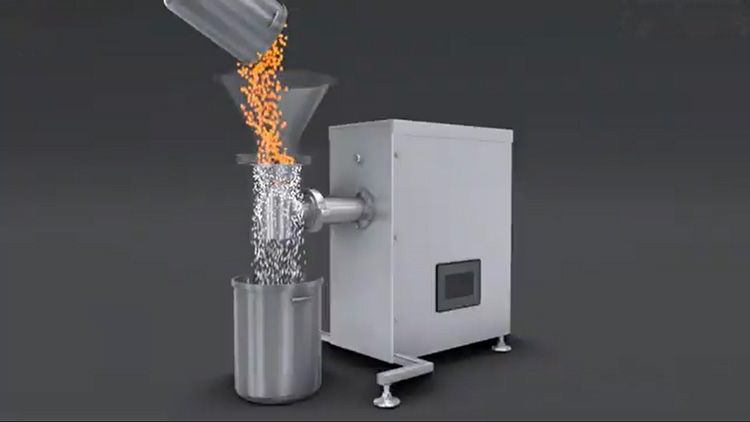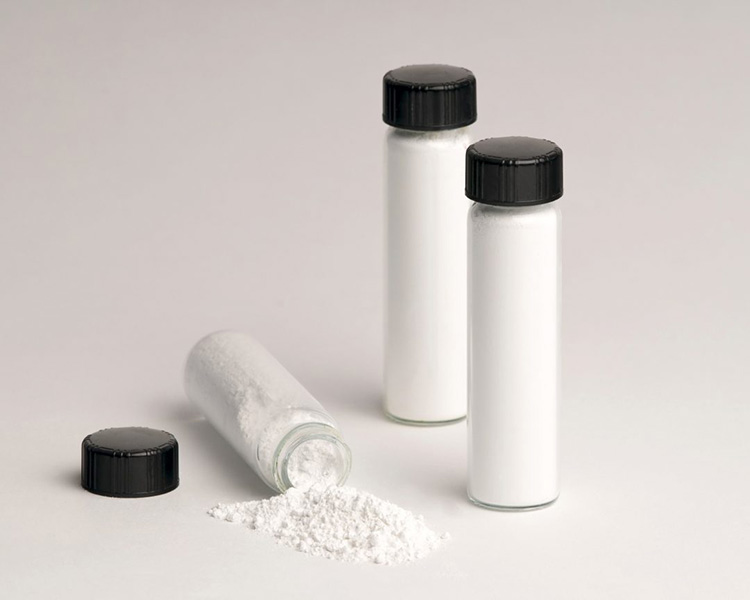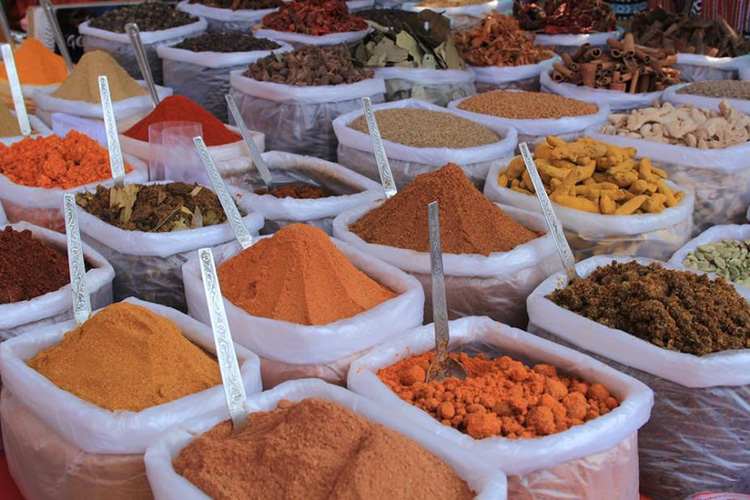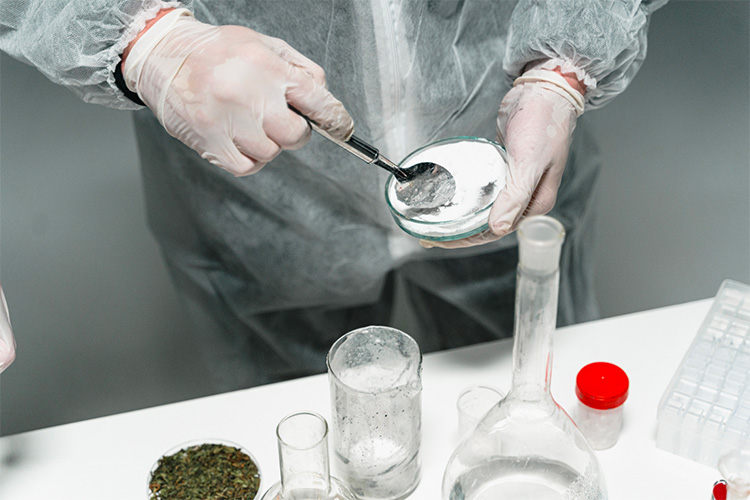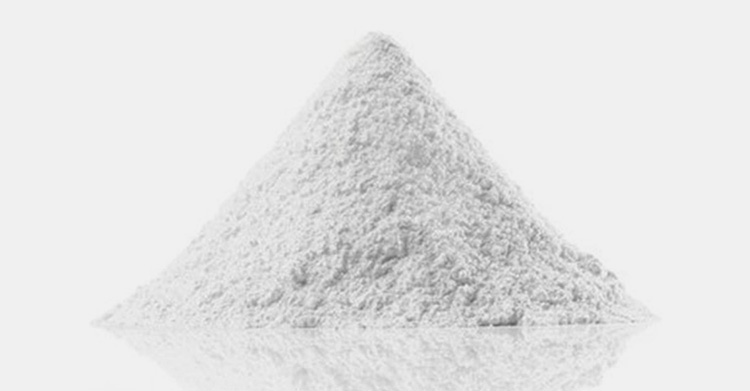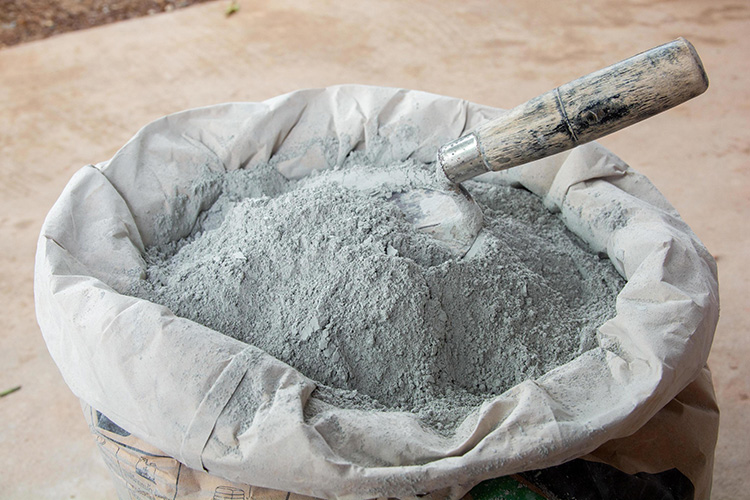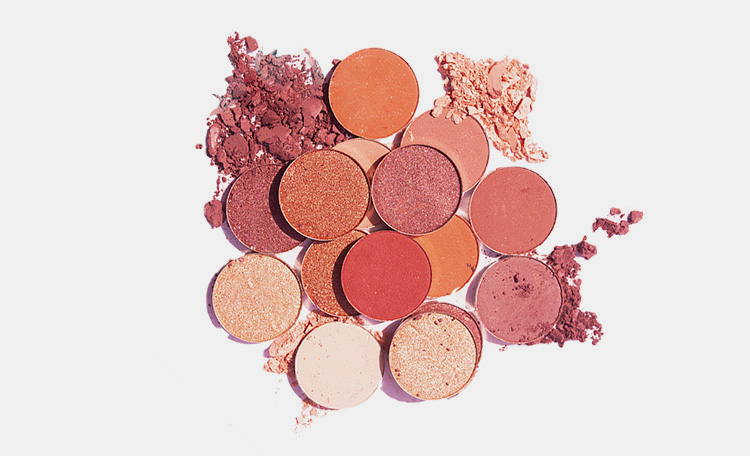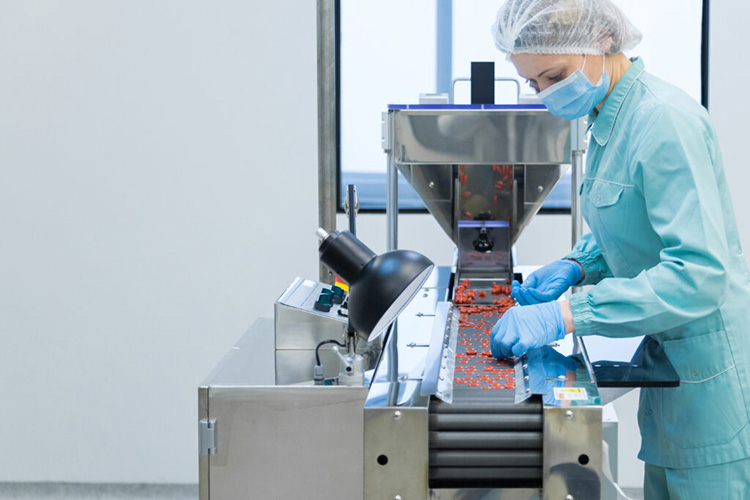Powder Makers: The Complete Buying Guide in 2024
Ready to upgrade your powder game in 2023? Welcome to the world of precision mixing, where innovation meets efficiency in the form of powder makers.
In this article, we will embark on this exploration and unlock the potential to revolutionize your production line – from pharmaceutical breakthroughs to culinary delights and chemical innovations.
Why settle for ordinary when you can achieve extraordinary results with the right powder maker? If you looking to purchase a powder maker, then this blog is for you; please read to get maximum advantages in order to procure the right machine for your production. Let’s powder up and power on!
1. What is a powder maker?
Different powders
You must have encountered different powders in your daily life. Let’s start our journey with understanding what a powder maker is. A powder maker is a specialized industrial machine or equipment designed to transform raw materials into finely powdered forms. These machines play a key role in several industries, which you will learn as you read along, by employing different processes to create powders with specific characteristics. The purpose of powder makers is to achieve precision, consistency, and efficiency in the production of powdered substances.
The choice of a specific type of powder maker depends on your desired characteristics of the final powder product. It is also impacted by the unique requirements of industry in which it is used. These machines can encompass various technologies and methods which will be revealed in this article. These machines are vital for creating high-quality powdered materials that meet the stringent standards of modern manufacturing.
2. What are the benefits of using a powder maker?
Powder makers provide a host of advantages, making them essential in various industries. Here are the general benefits.
Precision and Consistency
Consistent coffee powder
Powder makers provide a high degree of accuracy in determining the exact dimensions of the particles. This precision is vital in industries where the performance or characteristics of the end product depend on the specific size and composition of the powder particles. Powder makers can repeatedly produce the same quality of powder, batch after batch. This reliability is crucial for maintaining product quality standards and meeting regulatory requirements.
Efficient Production
Powder makers reduce the reliance on manual labour, leading to increased efficiency. The automation of processes also minimizes the risk of human error, resulting in more reliable and consistent production. Moreover, you can produce larger quantities in a shorter amount of time, contributing to higher output and potentially reducing overall production costs.
Customization of Particle Properties
Different sized particles in powders
Another remarkable capability of powder makers is to customize the properties of the produced particles. This entails tailoring characteristics including size, shape, and distribution to meet specific application requirements. Different industries may have distinct needs regarding the physical properties of the powder they use. This flexibility allows you to adapt your processes to the unique demands of your products and applications, encouraging innovation and product development.
Enhanced Solubility
Enhanced soluble tablets
Enhancing solubility is an important aspect of powder-making processes, particularly in industries where the effective dissolution of a substance is paramount. Powder makers can contribute significantly to improving the solubility of materials through various techniques.
Versatility in applications
Powder makers display amazing versatility. They have applications across a spectrum of industries. Their adaptability extends to diverse sectors which will be revealed to you later in the blog. This versatility highlights the wide-ranging impact of powder makers, allowing them to play a central role in various manufacturing processes.
3. What are the types of powder makers available in the market?
There are various types of powder makers available in the market which suits the needs of different manufacturing setups. Here you will get to discover the different powder makers.
| Type of Powder Maker | Description | Advantages | Picture |
| Pharmaceutical Powder Maker | Utilized for dry and wet screening of ingredients with a mesh of holes
Granulation influenced by grinding size and material particle diameter Rotation blades compress material on the screen Conical shape ensures efficient powder flow |
Flexible in product handling
Easy maintenance Suitable for large-scale production High efficiency |
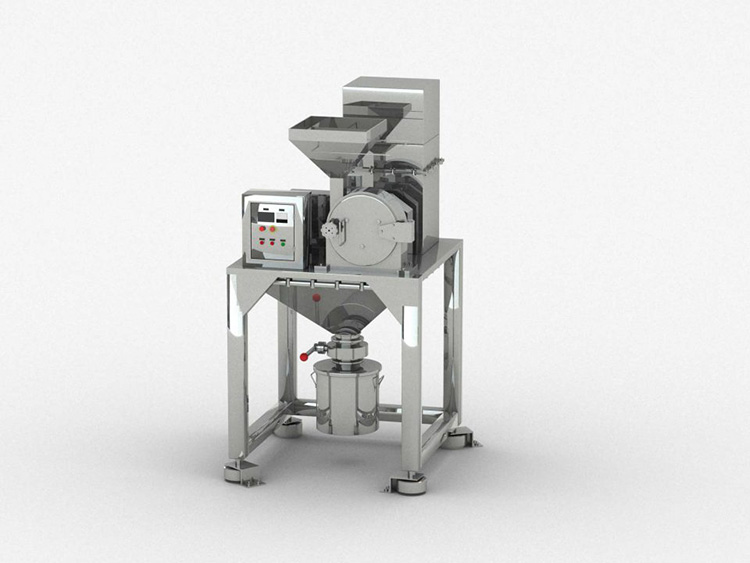 |
| Tabletop Powder Maker | Small-sized
Used for calibration and grinding of particles with varying geometries and sizes Rotating blades aid in crushing, and a conical chute expels the products |
Smaller footprint
Easy cleaning Portable Autoclavable parts |
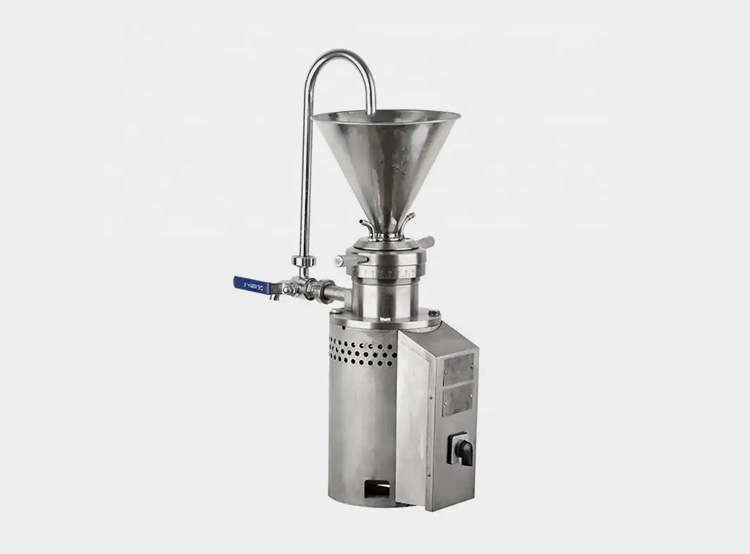 |
| Multi Powder Maker | Suitable for laboratory-scale mixing and shredding of lumpy materials
Equipped with impact and scrapper blades for pulverization and downsizing Handles both wet and dry substances |
Easy to dismantle
High-performance efficiency Portable |
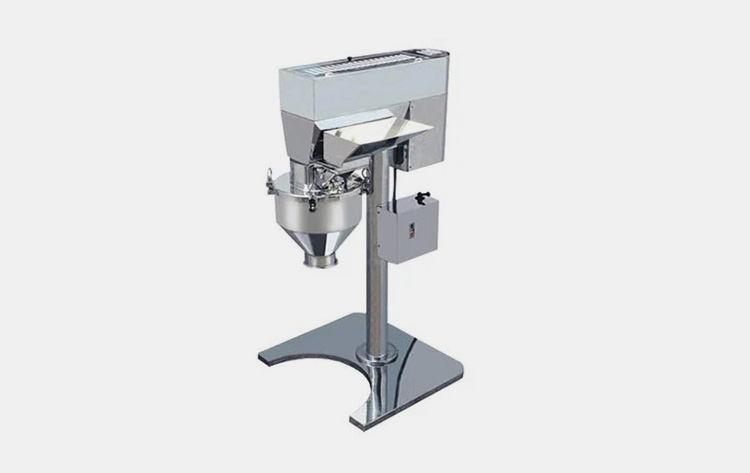 |
4. What are the key components of a powder maker?
You will be wondering what are the different parts of a powder maker. Below you will find the components of a powder maker explained briefly.
In-Feed Chute/Hopper
In-feed chute – Photo Courtesy: quadro-mpt
The entry point for raw materials into the cone mill. Materials are introduced into the milling chamber through this chute.
Milling Chamber
Milling Chamber – Photo Courtesy: cosmec-it
A cylindrical space where the conical rotor operates. It is designed to facilitate the efficient processing of materials and particle size reduction.
Impeller
Impeller – Photo Courtesy: hanningfield
The rotating element responsible for generating forces such as attrition and shearing within the milling chamber. It plays a critical role in reducing the size of the powder particles.
Screens
Screens – Photo Courtesy: hanningfield
Screens are positioned at the bottom of the milling chamber and separate powdered particles based on size. It allows fine particles to pass through while retaining larger ones for further milling. You will find the type of screens available in market mentioned in the table below.
| Screen Type | Description | Picture |
| Round Hole Screen | It is ideal for size reduction of free-flowing materials, granules, and powders. | 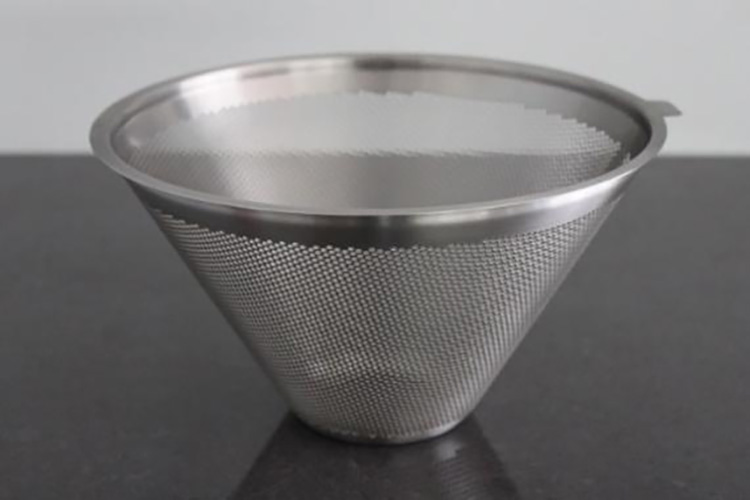 |
| Square Hole Screen | It is utilized in milling coarse products, deagglomeration of materials like fruits, and for producing flakes. | 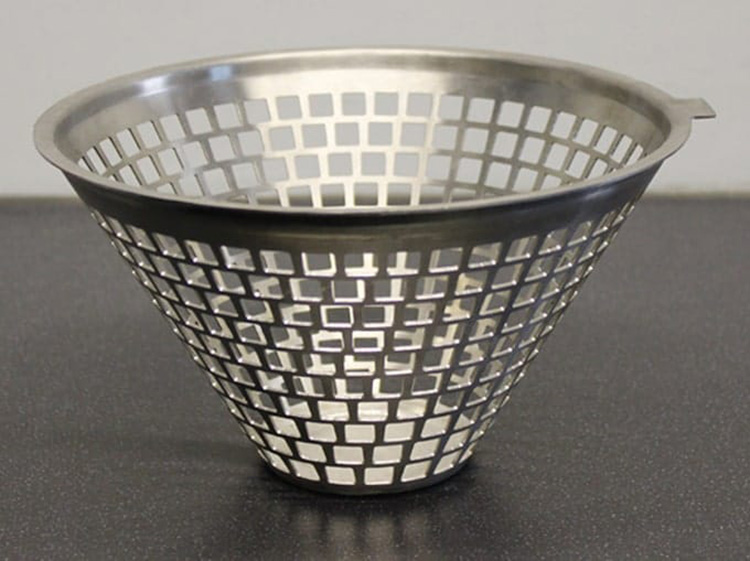 |
| Slotted Hole Screen | Suited for wet granulation sizing and milling applications, similar to square hole screens but produces larger particle sizes. | 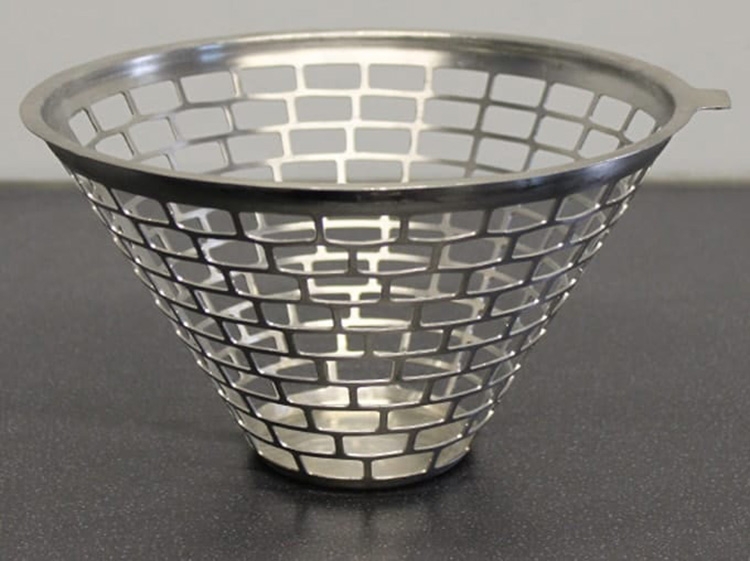 |
| Diffusion Bonded Screen | It enables further particle reduction compared to standard screens. | 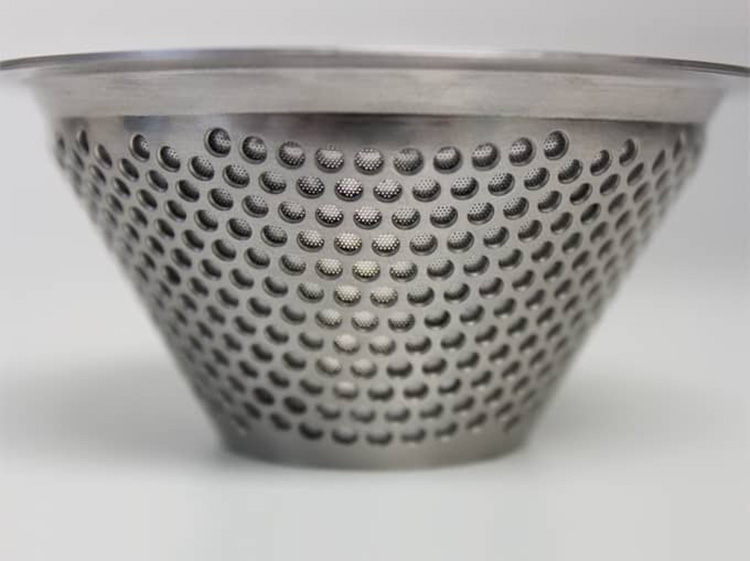 |
Receptacle
Receptacle – Photo Courtesy: powderbulksolids
It collects the powder form of the raw materials. This collected material is then transferred to the next stage of the production process.
Supporting Frame
Structural Framework – Photo courtesy: cosmec-it
The structural framework that holds and supports the various components of the powder maker. It provides stability and ensures proper alignment during operation.
5. How does a powder maker work?
The powder maker operates on the principle of a rotating impeller forcing the material against a stationary surface. The milling action is achieved through a combination of compression, shear, and impact forces. You will now discover how a powder maker works.
Material Feeding
Gravity Feeding – Photo courtesy: aurus
The process starts with feeding the material into the powder maker that has to be turned into a powder. There are two ways to feed the material to a powder maker.
Gravity Feeding
Material is fed into the powder maker through the top of the milling chamber through an in-fee chute guided by gravity. The interlock mechanism aligns the drum with the powder maker, and the entire setup is inverted to facilitate a smooth entry of materials into the milling chamber.
Controlled Feeding:
The material feed is controlled, in some cases, to optimize the milling process and achieve the desired particle size distribution. This is done using a butterfly valve which regulates the flow of powder particles into the powder maker.
Rotor Rotation
Rotor rotation – Photo courtesy: aurus
A zone of high shear and impact forces is created as the conical rotor rotates within the milling chamber. The material is continuously drawn into this zone for size reduction. The conical shape of the rotor compresses the material against the milling chamber's walls, leading to the initial particle size reduction. The high-speed rotation of the rotor generates shearing and impact forces, further breaking down the particles into smaller sizes.
The reduced particles are propelled through a perforated sieve situated at the bottom of the powder maker. This sieve plays a vital role in achieving the desired uniform particle size. Particles of various sizes pass through the holes in the sieve. The impeller's speed contributes to altering the approach angle of particles to the screen’s surface, leading to the production of small granules.
Screening Mechanism
Sizing screen – Photo courtesy: aurus
Powder makers include sizing screens at the bottom of the milling chamber. These screens control the final particle size by allowing particles of a certain size to exit the mill while retaining larger ones for further milling.
Discharge of Milled Material
Powder discharge – Photo courtesy: aurus
Milled material is discharged from the cone mill through the bottom due to centrifugal force. The controlled particle size is achieved through the combination of rotor speed and screen selection.
It is essential for you to understand each step in the working principle of the powder maker for optimizing its performance and achieving the desired particle size and product quality of the powder.
6. In which industries are powder makers commonly used?
Let’s discover the key industries where powder makers find common application
Pharmaceuticals
Powdered medicine
Powder makers are indispensable for producing finely milled active pharmaceutical ingredients (APIs) with controlled particle sizes. The precision powder makers provide is crucial for dosage uniformity and enhancement of drug absorption. They also enable the creation of specialized drug formulations.
Food and Beverage
Powdered spices
Powder makers play a vital role in the food industry. They are used to process ingredients into powdered forms. This includes producing spice powders, flavourings, instant beverage mixes, and powdered nutritional supplements. Powder makers help to improve shelf life, enhance flavour release, and allow for convenient packaging and handling in the food industry.
Chemicals
Chemical powder
Powder makers are used for various processes in the chemical industry. These include the production of catalysts, pigments, and specialty chemicals. Powder forms of chemicals improve reaction rates, and enable the creation of uniform catalyst particles. They also facilitate easier handling and precise mixing in chemical reactions.
Cosmetics
Different face powders
Cosmetic formulations involve the use of powdered ingredients for products like eyeshadows, blushes, and loose powders. Powder makers contribute to achieving the desired texture and consistency in such cosmetic formulations.
Baby Care
Baby powder – Photo courtesy: bestproducts
Powder makers are important in the production of baby powders, ensuring the gentle milling and processing of ingredients to create soothing and safe powder formulations for diaper changes and skin care.
Metallurgy and Ceramics
Ceramic powder
In metallurgical and ceramic industries, powder makers are used in preparing metal and ceramic powders. Ceramic powders are employed in sintering processes to create finished products such as metal alloys and ceramic components.
Construction and Building Materials
Cement powder
The construction industry utilizes powder makers for processing materials like cement, gypsum, and additives. Powdered forms contribute to the homogeneity and performance of construction materials.
7. What are the recommended cleaning procedures for a powder maker?
Wear Protective Gear
Wear appropriate personal protective equipment (PPE) such as gloves, goggles, and a dust mask to protect against residual powders and cleaning agents.
Disconnect Power
Disconnect the power supply to the powder maker before initiating the cleaning process for safety reasons.
Empty and Remove Residual Powder
Empty the powder maker of any remaining powder using Teflon spatula and lint-free cloth
Dismantle and disassemble
Dismantle the screen, impeller, conical cup, using a screwdriver for a more thorough cleaning.
Brushing and Vacuuming
Use brushes and vacuum cleaners with HEPA filters to remove residual powder from surfaces, components, and crevices.
Use compressed air
Blow away loose powder or debris from hard-to-reach areas using compressed air. Ensure proper ventilation or use dust extraction systems.
Use Cleaning Agents
Use cleaning agents based on the powder type and equipment material. For example, you can ensure thorough cleaning with a minimum of 20 liters of water followed by a 2% nonionic detergent solution.
Sanitize and disinfect
Sanitize and disinfect the powder maker to maintain a clean and hygienic production environment.
Inspect and lubricate
Inspect components for wear and tear. Lubricate moving parts to maintain proper functioning.
Reassemble and Test
Reassemble the powder maker. Conduct tests to ensure proper functionality before resuming production.
Document Cleaning Procedures
Maintain a record of cleaning procedures, noting dates and any issues encountered. This documentation is useful for quality control and regulatory compliance. The cleaning of equipment is valid for 48 hours.
8. What potential issues might users encounter with powder makers and how to solve them?
The following table outlines potential issues with a powder maker along with troubleshooting tips to address them
| Issue | Possible Cause | Troubleshoot |
| Reduced Grinding Efficiency | Dull or damaged impellers | Sharpen or replace impellers. |
| Incorrect screen size or clogging | Check and replace with the appropriate screen size. | |
| Insufficient motor power. | Verify and upgrade motor capacity | |
| Excessive Heat Generation | Lack of lubrication on moving parts | Apply lubricants to moving components. |
| Friction due to misalignment | Realign parts and ensure proper assembly. | |
| Unusual Noise during Operation | -Loose or damaged components | Tighten loose parts or replace damaged components. |
| Foreign objects in the milling chamber | Stop the machine, remove foreign objects, and restart. | |
| Uneven Particle Size Distribution | Uneven feed material or feed rate | Ensure a consistent and even feed. |
| Worn-out or damaged screens | Replace screens with appropriate mesh size and condition. | |
| Accumulation of Drug Dust - Safety Hazard
Issue |
Handling novel and potent drug substances | Use venting hoods and laminar booths for less harmful substances |
| Lack of proper ventilation in discharge pipes. | Ensure proper ventilation to reduce drug dust levels |
9. What are the future prospects of powder makers?
The future of powder makers holds exciting possibilities. Innovations will be incorporated that will be driven by advancements in materials science, digital technologies, and a continued focus on sustainability and efficiency. Following are some future prospects of powder makers.
Customization and Personalization
Custom eyeshadow powders
In the near future, powder makers will offer even greater customization capabilities, allowing you to tailor particle properties precisely to meet specific product requirements.
Industry 4.0 Integration
The integration of intelligent digital technologies into manufacturing will continue. It will result in smarter, more connected powder makers. You will experience enhanced data analytics, predictive maintenance, and seamless integration with other manufacturing processes.
Advanced Nanomaterials Production
Powder makers may contribute to the large-scale production of advanced nanomaterials in the evolution of nanotechnology. It will surely unlock new possibilities in fields of medicine.
Precision Medicine Formulations
precision medicine formulations
In the pharmaceutical industry, future powder makers may be used in the production of personalized and precision medicine formulations which will be tailored to individual patient needs.
Knowing proper knowledge about each type of mixing equipment leads you to the best options.
Conclusion
Now that you have read powder maker: the complete buying guide in 2023, you will be familiar with different types of industrial powder makers from which you can choose from. Allpack is a leading company designing and manufacturing a broad range of powder makers. For inquiry about the type of best fit powder maker for your application, don’t hesitate to contact us right now.
Don't forget to share this post!
CONTACT US
Tell us your raw material and project budget to get quotations within 24 hours.
WhatsApp Us: +86 181 7101 8586
The Buyer's Guide
